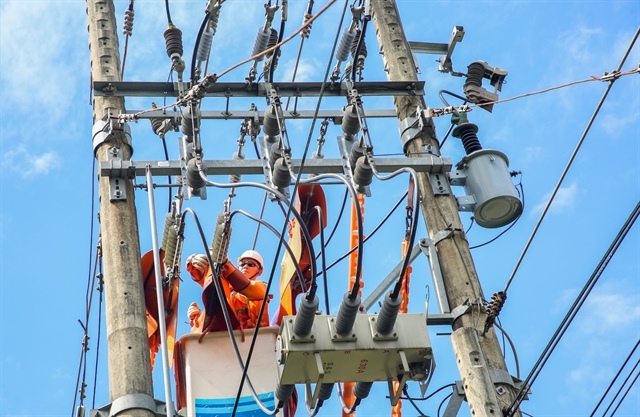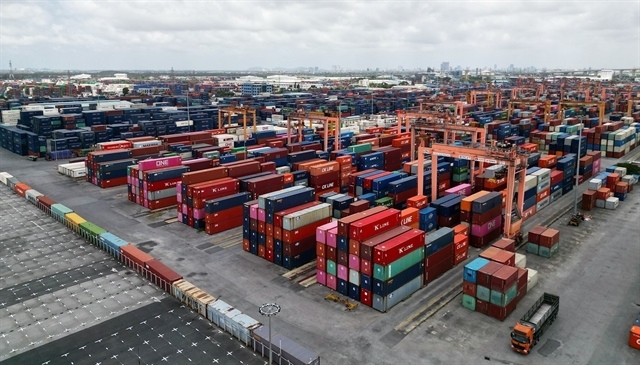Off-season fruits game-changer for cooperatives
Off-season fruits game-changer for cooperatives
Having enough of falling prices, cooperatives are looking beyond seasonal fruits to expand their commercial footprint and drive growth.

It is a common pattern that seasonal fruits plummet in price when their main season comes. The abundant availability puts cooperatives in a fix as they have to accept low prices, or else risk spoilage.
And there have been countless instances where a bumper season of crops is too much of a good thing.
Several years ago, dragon fruit farmers saw such a bountiful harvest that the fruit prices fell to under VND5,000 (US$0.2) per kilo. The fall in prices caused serious economic pain among cooperatives as they had to sell the fruits at a loss.
The situation recurred in Soc Trang Province a few years later when shallot production suddenly soared, leading to a substantial oversupply in the market. Shallots were so abundant that cooperatives were desperately calling for help to liquidate their unsold inventory.
Some experts advised cooperatives to seek customers abroad to absorb the excessive output. However, bringing local fruits to foreign markets has never been an easy feat. Let's take lychees as an example.
Head of the Vietnam Trade Office in the US Do Ngoc Hung said US consumers have an appetite for Vietnamese lychees, but it is costly to transport the fruit to the US owing to the distance between the two countries. High mileage normally raises lychee prices multiple times when the fruit enters the country.
Another obstacle involves irradiation, which is a prerequisite for US commercial entry. There are only two US-approved irradiation facilities in Viet Nam and both are situated in the southern region. That means it would take a lot of time and money for farmers in the north to get their lychees irradiated.
Other experts suggested off-season fruits as a way out of the situation. They said cooperatives could grow off-season lychees and export the fruit to China during the time between two crops to earn higher prices.
As Chinese farmers normally harvest lychees between February and July, Vietnamese lychees exported between June and January would sell well because of the low supply in the country during the time gap.
Nguyen Thi Thanh Thuc, a representative from the Vietnam Digital Agriculture Association, urged cooperatives to optimise routes to cut shipping time, allowing off-season fruits to be transported in the short time gaps between crops.
"Viet Nam must upgrade its infrastructure to transport fruits more efficiently," Thuc said.
Agriculture expert Hoang Trong Thuy underlined the role of market forecasting in production planning and timing. He urged authorities to bring cooperatives up to speed to improve their data forecast.























